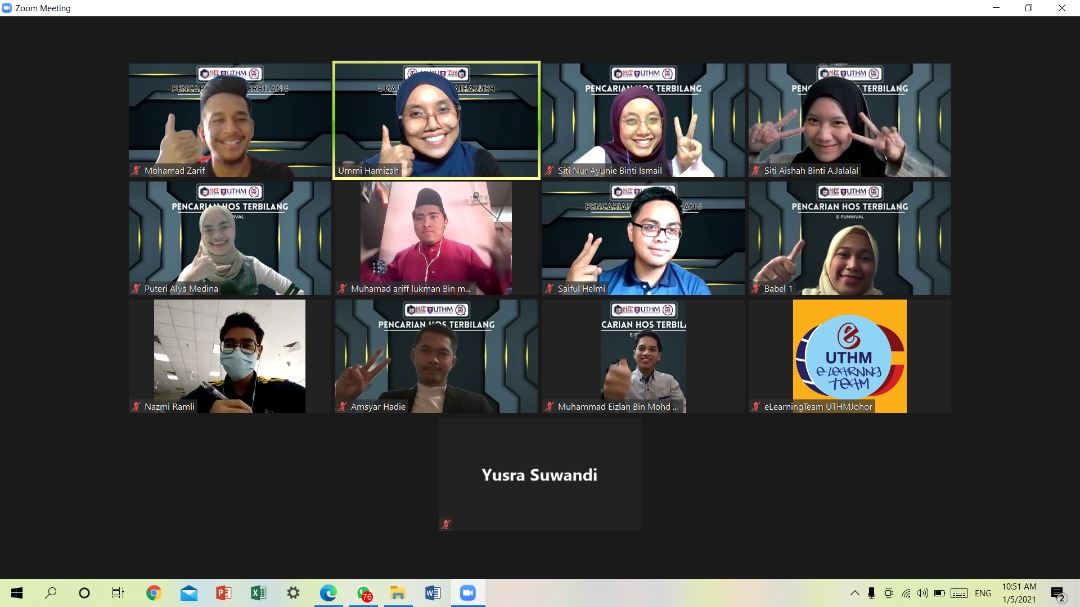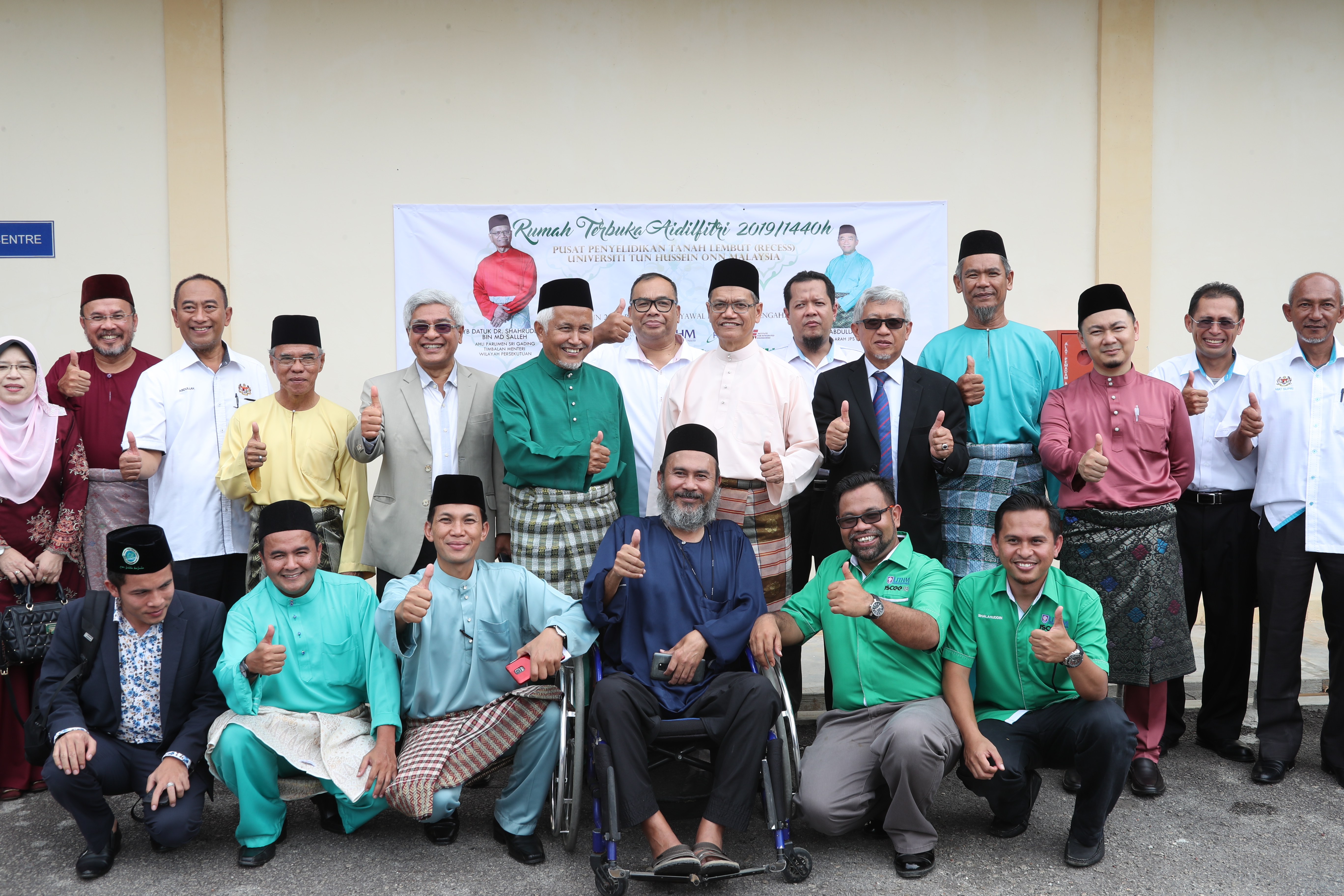
Each year on May 21st, the world observes the World Day for Cultural Diversity for Dialogue and Development, a day designated by UNESCO to recognise the richness of cultures worldwide and the power of intercultural dialogue in achieving peace and sustainability.
In an era of unprecedented global challenges—from climate change to migration to educational inequalities—cultural diversity must be treated not as a side issue, but as a central component of sustainable development. This is especially true in sectors such as higher education, where international student mobility, micro-cultural dynamics, and the rights of native communities intersect in powerful ways.
Culture: The invisible infrastructure of development
Culture is more than music, food, or language. It shapes our values, institutions, and relationships. Yet too often, development frameworks ignore culture, applying one-size-fits-all models that undermine local knowledge and erase identities.
By contrast, integrating cultural dimensions into policies—especially in education, environmental planning, and urban design—can lead to more inclusive and effective outcomes. When development is grounded in the cultural contexts of communities, it not only gains legitimacy but also empowers people to shape their own futures.
The role of international students in cultural dialogue
Every year, millions of students travel abroad to pursue higher education. These international students serve as cultural ambassadors, promoting mutual understanding across borders. But their contribution goes beyond diversity statistics—they challenge assumptions, stimulate dialogue, and enrich both host and home societies.
Universities benefit immensely from this exchange. Classrooms become arenas of global thinking. Research incorporates cross-cultural perspectives. Communities become more open to differences.
However, for this potential to be fully realized, institutions must do more than offer token celebrations. They must protect students’ rights, provide intercultural support, and recognize students as full participants in academic and civic life.
Micro-cultures matter
Amid global diversity, micro-cultures—those based on region, religion, language, or lived experience—add further layers of richness. A university might host students from 50 countries, but within each group are varied identities, histories, and ways of knowing.
Acknowledging micro-cultural differences promotes genuine inclusivity. It avoids stereotyping and supports mental well-being, belonging, and academic success. This awareness is also critical in policymaking: local development programs must not lump diverse communities into singular categories but instead involve them in meaningful dialogue.
Indigenous voices: From the margins to the center
Perhaps nowhere is the connection between culture and sustainability clearer than in indigenous communities. The native people of the land possess generations of ecological knowledge, stewardship practices, and communal values essential for sustainability.
Yet, these communities remain underrepresented in national planning and educational narratives. Development projects often proceed without their free, prior, and informed consent. Cultural heritage is commodified, and languages face extinction.
It’s time for a shift—from viewing indigenous cultures as relics to honouring them as partners in development. Universities can lead the way by including indigenous knowledge in curricula, supporting native-led research, and offering platforms for these voices to be heard.
Human rights and cultural freedom: A delicate balance
True cultural dialogue must be rooted in human rights and fundamental freedoms. Promoting cultural diversity is not about endorsing every tradition uncritically. Where practices clash with universal human rights—particularly regarding gender equality, bodily autonomy, or freedom of expression—dialogue must be guided by ethics and justice.
Conversely, promoting human rights must not erase cultural identity. The goal is not assimilation but intercultural respect. This balance is delicate but essential if we are to build peaceful, pluralistic societies.
A call to action
As we mark World Day for Cultural Diversity, let’s move beyond celebration and toward commitment. Cultural diversity must not be an afterthought—it must be a strategy. It must guide how we teach, govern, and grow. To make this vision a reality, there are a few recommendations that can be realised: Policymakers should embed culture into all levels of development planning. Universities must treat international students not as outsiders but as agents of change. Micro-cultures should be recognized and included in dialogues around identity and equity. Indigenous communities must be protected, respected, and actively involved in sustainability efforts.
And above all, the rights of all people to express and preserve their culture must be upheld.
A sustainable future depends on our ability to live together in diversity—not despite our differences, but because of them.

Associate Prof. Dr. Siti Noor Fazelah Mohd Noor
Centre for Communication Science Research
Universiti Tun Hussein Onn Malaysia (UTHM)
This article was published in:
1. Bernama (bernama.com), 6 August 2025: Why Cultural Diversity Is The Missing Piece In Sustainable Development
https://www.bernama.com/en/thoughts/news.php?id=2452922









